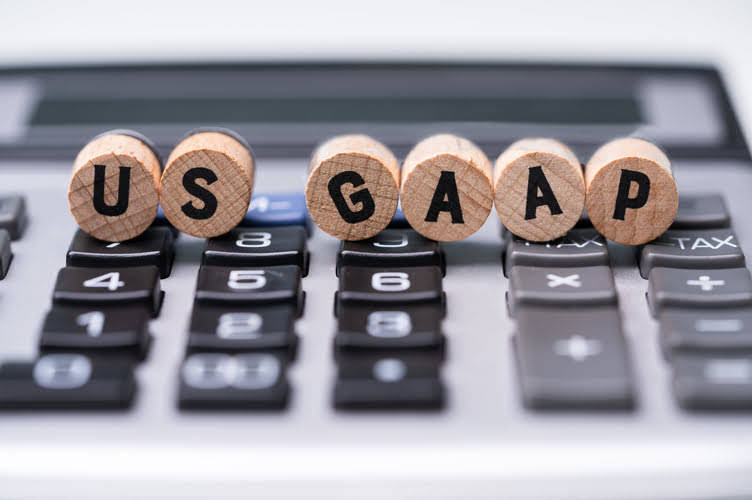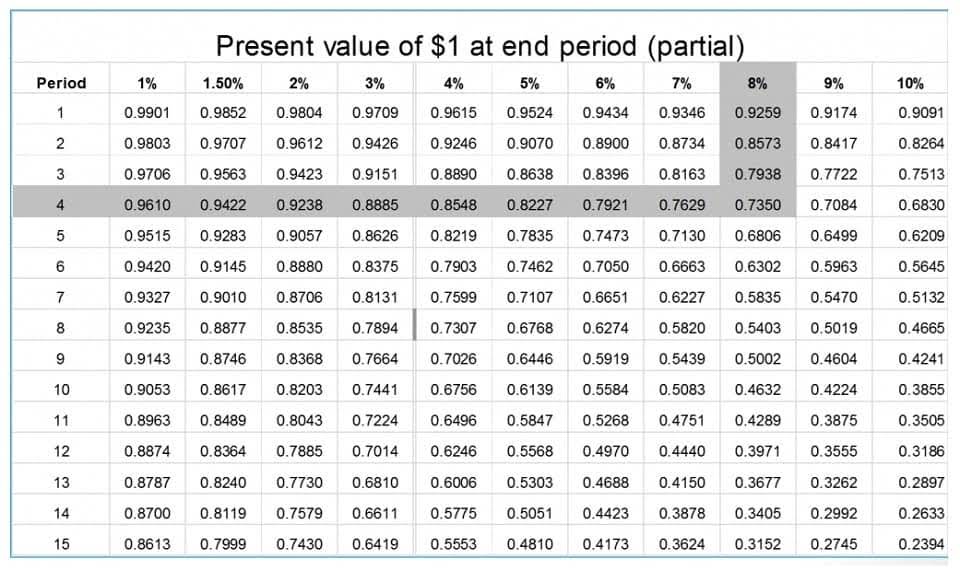
Rather than writing off bad debt as unpaid invoices come in, the amount is tallied up only at the end of the accounting year. The direct write-off method is used only when we decide a customer will the direct write off method not pay. We do not record any estimates or use the Allowance for Doubtful Accounts under the direct write-off method. We record Bad Debt Expense for the amount we determine will not be paid.
- All four of the following people are categorized as unemployed by Statistics Canada.
- Accounts receivable of a company represent the amount that customers owe to the company in respect of the purchase of goods or services on credit.
- The IRS allows bad debts to be written off as a deduction from total taxable income, so it’s important to keep track of these unpaid invoices in one way or another.
- The direct write-off method recognizes bad accounts as an expense at the point when judged to be uncollectible and is the required method for federal income tax purposes.
- At some point in time, almost every company will deal with a customer who is unable to pay, and they will need to record a bad debt expense.
- Similar to its name, the allowance for doubtful accounts reports a prediction of receivables that are “doubtful” to be paid.
How to Manage Accounts Receivable for Services Industry Company?
The Ascent is a Motley Fool service that rates and reviews essential products for your everyday money matters. Although only publicly held companies must abide by GAAP rules, it is still worth considering the implications of knowingly violating GAAP. Because write-offs frequently occur in a different year than the original transaction, it violates the matching principle; one of 10 GAAP rules. The direct write off method is also known as the direct charge-off method. An adjustment is needed to bring the process back to the target average weight of 43.0 grams in order to improve process capability. The difference between the process average (42.5 grams) and the target average (43.0 grams) is 0.5 grams.

Time Value of Money
However, the direct write-off method can result in misstating the income between reporting periods if the bad debt journal entry occurred in a different period from the sales entry. For such a reason, it is only permitted when writing off immaterial amounts. The journal entry for the direct write-off method is a debit to bad debt expense and a credit to accounts receivable. Under the direct write-off method, bad debts expense is first reported on a company’s income statement when a customer’s account is actually written off. Often this occurs many months after the credit sale was made and is done with an entry that debits Bad Debts Expense and credits Accounts Receivable.
What does Coca-Cola’s Form 10-k communicate about its accounts receivable?

Assuming that credit is not a significant component of its sales, these sellers can also use the direct write-off method. The companies that qualify for this exemption, however, are typically small and not major participants in the credit market. Thus, virtually all of the remaining bad debt expense material discussed here will be based on an allowance method that uses accrual accounting, the matching principle, and the revenue recognition rules under GAAP.
- To determine the percentage change in net income between Year 1 and Year 2, we calculate the difference between the net incomes of both years, divide it by the net income of Year 1, and multiply by 100 to express it as a percentage.
- The allowance method is the other way to account for bad debt and is preferred by professional accountants as the more accurate way to handle uncollectible receivables.
- For the sake of this example, assume that there was no interest charged to the buyer because of the short-term nature or life of the loan.
- Since the actual units sold and sales revenue are not provided, we cannot calculate the margin of safety without that information.
- She recently graduated from university and is actively searching for a full-time position with an investment banking firm.
Sales returns and allowances 50,000
In other words, credit sales are the sales made by the company to its customers for which payment is expected to be received at a later date. 1) Under the direct write-off method, what adjusting entry is recorded at the end of the year to account for possible future bad debts? The adjusting entry recorded at the end of the year to account for possible future bad debts under the direct write-off method is Debit Bad Debt Expense. However, it only affects the net income of the current accounting period since the expenses as the result of sales that might be in the previous period as charged in the current accounting period.
The balance sheet aging of receivables method estimates bad debt expenses based on the balance in accounts receivable, but it also considers the uncollectible time period for each account. The longer the time passes with a receivable unpaid, the lower the probability that it will get collected. An account that is 90 days overdue is more likely to be unpaid than an account that is 30 days past due. The direct write-off method is one of two ways to account for bad debt. When customers refuse or are unable to pay money owed to you for credit sales, it’s essential to keep track of this accurately for financial reporting purposes. It helps you make accurate tax claims for bad debt with the government and can be part of the process of keeping accurate track of money owed to you and uncollectible debts.
Under https://www.bookstime.com/, when a small business determines an invoice is uncollectible they can debit the Bad Debts Expense account and credit Accounts Receivable immediately. This eliminates the revenue recorded as well as the outstanding balance owed to the business in the books. Under the allowance method, a company needs to review their accounts receivable (unpaid invoices) and estimate what amount they won’t be able to collect.

